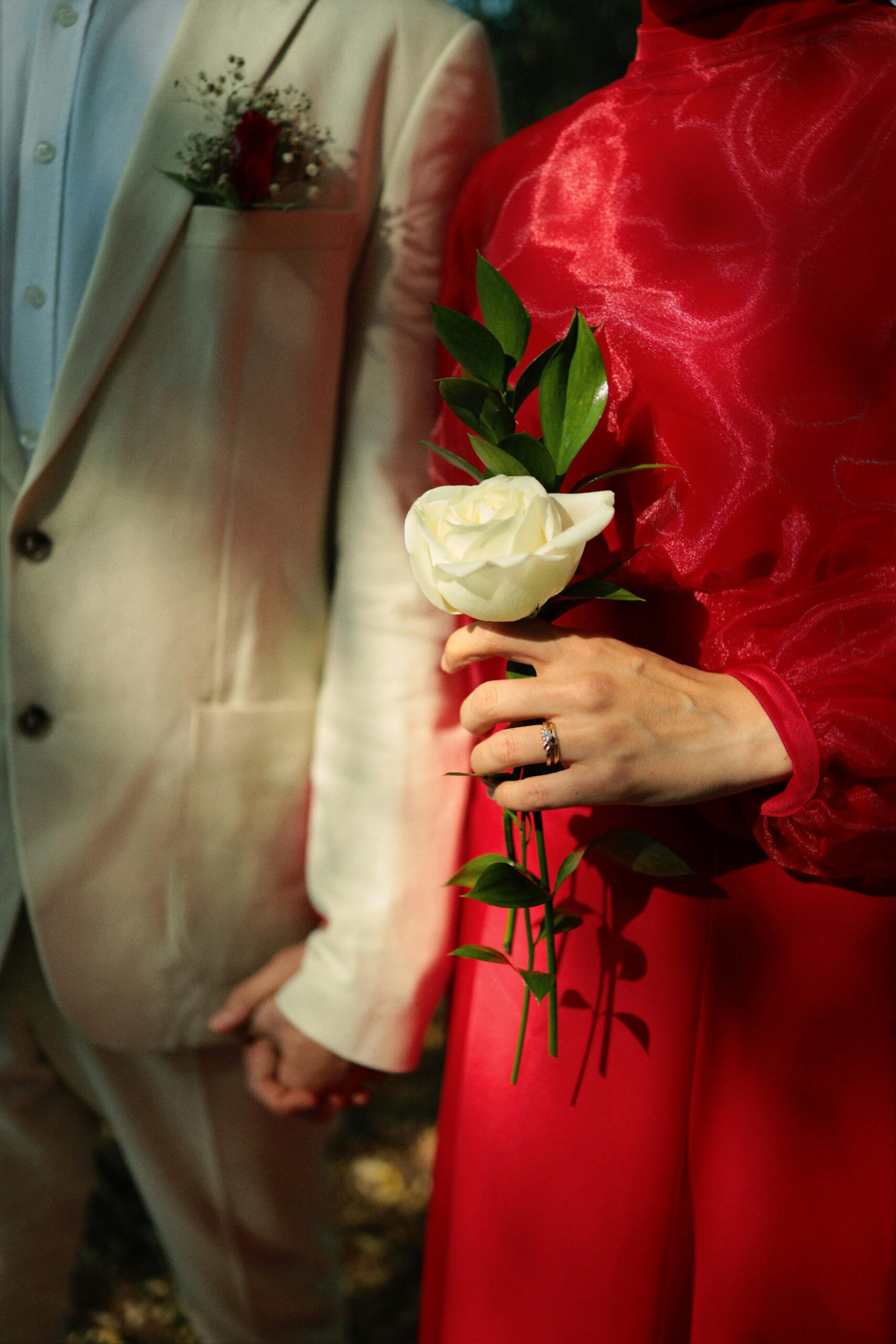The evolution of bedding has traveled through centuries, influenced by cultural changes, technological advancements, and societal norms. One of the most intriguing eras in this regard is the medieval period, a time when bedding was not only a symbol of comfort but also a significant element of social status. At cozy bed quarters, we believe in offering bedding solutions that carry the charm of history while ensuring the luxury and comfort of modern times. In this blog, we delve into the fascinating world of medieval bedding, highlighting the traditions, materials, and customs that shaped this essential aspect of daily life.
The Essence of Bedding in the Medieval Era
Medieval bedding was a reflection of one’s social status, wealth, and lifestyle. During this time, beds were not simply a place to sleep but also a symbol of personal wealth. Large, intricately carved wooden frames were common among the nobility, often draped with rich fabrics and decorated with embroidered bed linens.
For the upper class, bedding sets consisted of several layers, including a mattress stuffed with straw or feathers, heavy quilts, sheets made of linen or wool, and sometimes even fur blankets for added warmth during colder months. Peasants, on the other hand, relied on simpler setups, usually straw-stuffed mattresses placed directly on the floor or on wooden platforms.
At cozy bed quarters, our modern takes on medieval bedding sets are inspired by this historical richness, allowing you to enjoy the grandeur of the past while indulging in the comfort of contemporary materials.
The Role of Bedding in Medieval Ceremonies
Bedding was not just functional; it played a central role in key life events, particularly in marriage ceremonies. Bedding ceremonies were a significant tradition, especially among the nobility, where the act of bedding was formalized with elaborate rituals.
The bedding ceremony stories from the medieval period are filled with symbolism and tradition. For instance, in many cultures, the newlywed couple’s bed would be blessed by religious figures, and close family members would ceremoniously “prepare” the couple for their first night together. In some cases, these ceremonies were held publicly, with guests observing the couple being led to their chambers, followed by the blessing of the bed. This public ritual was meant to solidify the union in the eyes of society.
Materials and Craftsmanship: Medieval Bedding Sets
The materials used in medieval bedding sets were often reflective of one’s wealth and position. Wealthy families would sleep on mattresses stuffed with feathers, while the less affluent relied on straw, wool, or other readily available materials. Linens, often made from flax, were used for their durability and comfort. The quality of the bedding materials indicated the household’s affluence. Nobles, for instance, could afford silks and imported fabrics, while the common people had to make do with simpler, homespun materials.
The craftsmanship in medieval times was highly detailed, especially for noble households. Embroidered covers, tapestries, and handwoven blankets added aesthetic value to the bedding. The labor that went into producing these items meant they were treasured family heirlooms, often passed down through generations.
At cozy bed quarters, our designs pay homage to the careful craftsmanship of medieval bedding. Whether you’re looking for intricate patterns or luxurious fabrics, we strive to bring the elegance of the past into your modern bedroom, offering sets that evoke the charm of medieval times without sacrificing comfort.
Bedding as a Statement of Wealth
During the medieval era, bedding was not just a necessity but also a symbol of wealth and status. Wealthy individuals often had large, four-poster beds adorned with curtains and valances, making them not only functional but also decorative. These beds were placed in private chambers, and their grandeur was often a subject of admiration among guests.
Interestingly, the medieval nobility traveled with their bedding when visiting other estates. A portable bed would be assembled upon arrival, allowing the host to gauge the visitor’s status based on the quality and intricacy of their bed. This fascinating custom underscores the importance of bedding in medieval social structures.
Modern-day consumers may not carry their beds from place to place, but at cozy bed quarters, we offer bedding sets that help you recreate the grandeur of those historic designs in your home, blending the aesthetic appeal of medieval times with the comfort you desire today.
Medieval Bedding and Modern Day Inspiration
The allure of medieval bedding has left its mark on today’s luxury bedding market. While the bedding ceremonies and class distinctions of the past are long gone, modern design still draws inspiration from the elaborate textiles, detailed craftsmanship, and layered textures that were hallmarks of medieval times.
At cozy bed quarters, we aim to bring this blend of history and modern comfort into your home. Our medieval bedding sets are designed to offer the perfect balance between traditional elegance and contemporary comfort. Each set is thoughtfully crafted, ensuring that every detail pays homage to the luxury of the past while meeting the practical needs of the present.
Whether you’re drawn to the historic allure of medieval ceremonies or the timeless craftsmanship of medieval bed sets, you can trust cozy bed quarters to provide a bedding experience that merges history with modern living.
Conclusion: Reviving Medieval Elegance in Modern Times
Bedding has always been more than just a utility; it reflects societal norms, culture, and personal wealth. The traditions of medieval bedding were intricate, rooted in both function and symbolism, making them a fascinating subject to explore. Today, we might not participate in bedding ceremonies, but the desire for comfort, craftsmanship, and a personal connection to our sleeping spaces remains.
At cozy bed quarters, we honor the history of bedding while offering modern, luxurious options inspired by the past. Our medieval bedding sets are a testament to the rich legacy of bedding through the centuries, offering you a unique opportunity to infuse your space with both history and comfort.




